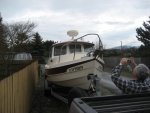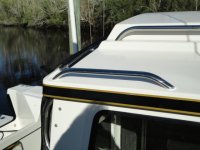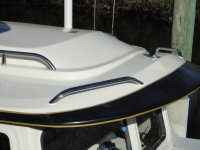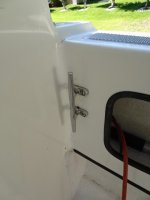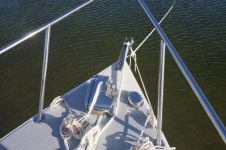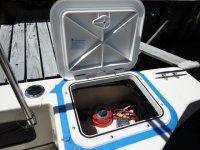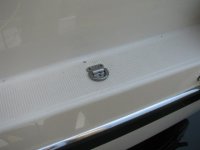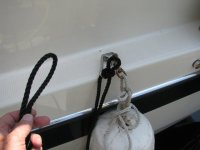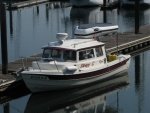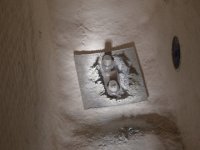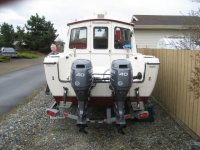pcg
Member
- Joined
- Aug 31, 2018
- Messages
- 425
- Reaction score
- 5
- C Dory Year
- 1999
- C Dory Model
- 22 Cruiser
- Hull Identification Number
- DOR22866J999
I’m in the planning stage for starting fiberglass work on my 22 Cruiser project boat next fall. I’m trying to think of all the modifications I want to do to the hull and cabin fiberglass, particularly any areas where I can tab in reinforcement for attachment points for cleats, eye bolts, and anything else that can be used to secure or tie down cargo.
For example, should I incorporate SS eyebolts into the lower transom for trailer tie down? Are there locations where additional cleats might be handy? What about eye bolts for tie down points for securing extra fuel tanks or cargo in the cockpit during long cruises? Any other mods that would be useful?
I’ve never owned a C-Dory and never cruised in my own boat, so I have no experience to tell me what features I might wish I had, when I’m finally able to enjoy the boat. Thank you for any suggestions.
For example, should I incorporate SS eyebolts into the lower transom for trailer tie down? Are there locations where additional cleats might be handy? What about eye bolts for tie down points for securing extra fuel tanks or cargo in the cockpit during long cruises? Any other mods that would be useful?
I’ve never owned a C-Dory and never cruised in my own boat, so I have no experience to tell me what features I might wish I had, when I’m finally able to enjoy the boat. Thank you for any suggestions.

